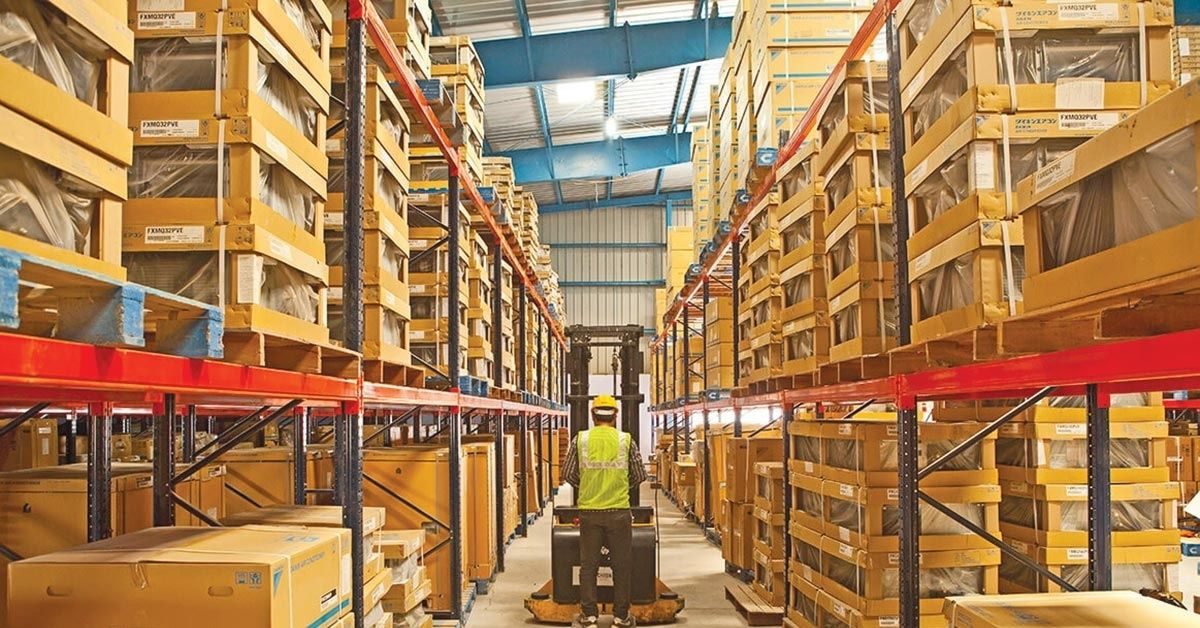The year 2022 was a recovery year for the industrial real estate and logistics sectors. It was an eventful year amid Covid-related apprehensions. All sectors went through significant ups and downs while the pandemic started to subside. The economy remained on the backfoot due to rising inflationary trends. However, the industrial real estate market did witness some cheer as the sector nearly managed to achieve the pre-pandemic levels floated by pent-up demand arising post Covid.
As we enter 2023, we need to be more optimistic as well as cautious. We must keep in mind the current global economic conditions, which may impact growth. Hence, this budget is crucial for us, keeping the following developments in mind:
National Logistics Policy will help the warehousing sector to grow
A cost-effective, robust logistics and warehousing sector has become critical in today’s global business and economic environment. This has been one of the key focus areas for the government through its National Logistics Policy (NLP), which will be implemented this year. With the NLP seeking to lessen the logistics cost to a global average of 8% by 2030, this would indeed have a positive and direct impact on the sector in the coming years. This year we will see NLP inducing standardisation in the warehousing sector, involving both developers and government agencies, considering best practices to ensure optimal development. More importantly, the policy will help to attract investment along with promoting the potential of Indian goods at a global level.
Warehousing and cold storage facilities are integral to the logistics and supply chain sector. Currently, almost 40% of India’s production of food grains is wasted due to the lack of storage facilities. Accordingly, the Government may consider announcing plans to invest more in large-scale warehouses in the Union Budget 2023.
NLP has introduced an e-handbook which the existing warehousing standards and global best practices, along with a mandatory set of rules governing the warehousing sector, which is required to cap the revenue leakages. With the adoption of appropriate measures, India’s warehousing market can grow multifold in the coming years.
Focus on infrastructure development
While NLP is helping us decrease logistics costs, reducing logistics costs through effective infrastructure development should also be one of the objectives. The Indian warehousing market, valued at Rs 1,206.03 billion in 2021, is expected to grow to Rs 2,872.10 billion by 2027, expanding at a CAGR of 15.64% during the ongoing 2022-2027 period. With supportive government policies, including ‘Make in India’ and the ‘Digital India’ for all sectors, the warehousing sector aims to embrace greener practices to reach international standards and drive value-added collaborations with the manufacturing industry.
Talking about Infrastructure development, focusing on the following aspects will also help and benefit the sectors:
- Focus on reducing the Steel duty/price for industrial warehouse construction would be beneficial as almost 35%-40% of the cost of construction of a warehouse is attributed to steel as the most critical component.
- More public-private partnerships to help set up multi-modal logistics parks with better connectivity to newer expressways.
- Improve the road transport infrastructure, which can help ease the existing warehousing hubs, reduce rentals and unlock better value for land availability for warehousing.
- Aim to lower the solar panel import duties to help reduce CAPEX investments.
- Easier loan options and access to funds for building better tech-enabled and intelligent warehouses.
Conclusion If the expectations mentioned above are matched, the sector will surely grow faster. It will also help to achieve the government’s vision of ‘Atmanirbhar Bharat,’ becoming a $5-trillion economy and creating lakhs of jobs by 2025. The above inclusions about infrastructure development, implementation of NLP policies, improving efficiencies, and the mission to reduce the overall logistic costs will help the industrial real estate and logistics sector to go a long way.







